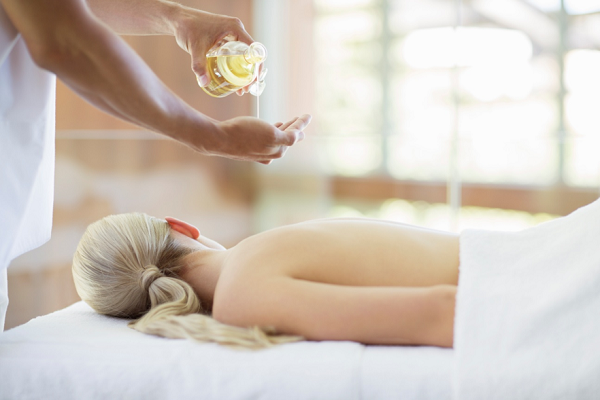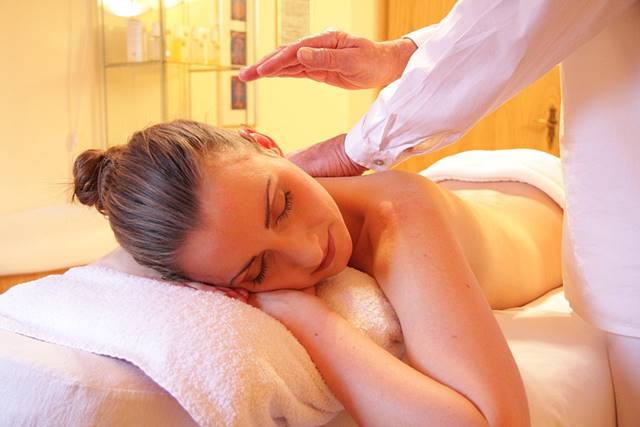The Benefits of Postpartum Massage: Why It’s Essential for New Moms
The Benefits of Postpartum Massage: Why It’s Essential for New Moms
Introduction
Postpartum massage is a time-honored practice that promotes healing and relaxation after childbirth. It’s not just a luxury but a vital part of postpartum recovery, helping new mothers regain physical and emotional well-being. In this blog, we’ll explore the key benefits of postpartum massage, the specific areas it targets, and why it’s an essential part of the healing process.
1. What Is Postpartum Massage?
Postpartum massage is a therapeutic practice tailored to the needs of new mothers. It focuses on alleviating physical discomfort, reducing stress, and promoting overall recovery after delivery. It is safe for most mothers, whether they’ve had a vaginal delivery or a C-section, with adjustments made to suit individual needs.
2. The Key Benefits of Postpartum Massage
Postpartum massage offers numerous advantages that go beyond relaxation. Here are the most significant benefits:
A. Physical Recovery
- Improves Circulation:
- Massage enhances blood flow, which helps deliver oxygen and nutrients to tissues, accelerating healing.
- Reduces Swelling:
- Postpartum edema (swelling) caused by fluid retention can be alleviated through gentle massage that stimulates the lymphatic system.
- Eases Muscle Tension:
- Pregnancy and labor can strain muscles, especially in the back, neck, and shoulders. Massage relieves tightness and improves mobility.
B. Hormonal Balance
- Reduces Stress Hormones:
- Massage lowers cortisol levels, reducing stress and anxiety.
- Boosts Endorphins:
- Increased endorphin production improves mood and supports emotional well-being.
- Enhances Oxytocin Levels:
- This “bonding hormone” helps with breastfeeding and mother-baby connection.
C. Emotional Well-being
- Relieves Postpartum Blues:
- Regular massage can ease symptoms of the baby blues and even postpartum depression by promoting relaxation and reducing stress.
- Improves Sleep Quality:
- Better sleep is a common result of reduced muscle tension and stress after a massage.
D. Pain Management
- Relieves Back and Pelvic Pain:
- Postpartum massage helps alleviate lingering pain from pregnancy-related posture changes or delivery trauma.
- Addresses C-section Scars:
- Gentle scar tissue massage after healing promotes flexibility and reduces discomfort.
3. Targeted Areas for Postpartum Massage
Certain body areas benefit the most from postpartum massage due to the physical demands of pregnancy and childbirth:
A. Abdomen
- Why It’s Important:
- The abdomen undergoes significant changes during pregnancy. Postpartum massage aids in uterine contraction and helps the abdominal muscles return to their pre-pregnancy state.
- Benefits:
- Improves circulation, reduces bloating, and promotes healing of diastasis recti (separated abdominal muscles).
B. Lower Back
- Why It’s Important:
- The lower back bears the weight of pregnancy and can experience strain during labor.
- Benefits:
- Relieves tension, eases chronic pain, and improves posture.
C. Shoulders and Neck
- Why It’s Important:
- Caring for a newborn often leads to tension in the shoulders and neck from holding, feeding, and lifting the baby.
- Benefits:
- Reduces stiffness and prevents headaches caused by muscle strain.
D. Legs and Feet
- Why It’s Important:
- Swelling in the legs and feet is common due to fluid retention during pregnancy.
- Benefits:
- Stimulates the lymphatic system to reduce swelling and alleviate fatigue.
E. Hands and Wrists
- Why It’s Important:
- New mothers often experience wrist pain or carpal tunnel syndrome from repetitive motions like feeding and diapering.
- Benefits:
- Alleviates pain and improves mobility in the hands and wrists.
4. Why Postpartum Massage Is Safe
- For Vaginal Delivery:
- Gentle techniques can be used immediately after delivery to promote relaxation and healing.
- For C-Section Delivery:
- Massage around the incision area is safe once the wound has healed (consult your doctor). Scar massage helps prevent adhesions and reduces sensitivity.
5. How to Incorporate Postpartum Massage into Recovery
- Professional Services:
- Seek licensed postpartum massage therapists who understand the unique needs of new mothers.
- At-Home Massage:
- Use massage tools or ask a partner to assist with simple techniques targeting sore areas.
- Frequency:
- Aim for at least one session per week during the first few months postpartum, then adjust based on your needs.
6. When to Avoid Postpartum Massage
While postpartum massage is generally safe, consult a healthcare provider if you experience:
- Severe pain or discomfort.
- An unhealed C-section or perineal tear.
- Signs of infection, such as fever or swelling.
7. Conclusion
Postpartum massage is a powerful tool for new mothers, offering physical relief, hormonal balance, and emotional well-being. By targeting specific areas like the abdomen, back, and legs, it supports recovery and helps mothers feel rejuvenated during this transformative time. Whether through professional services or at-home techniques, incorporating postpartum massage into your routine is a step toward a healthier, happier recovery.
Call to Action
Have you tried postpartum massage or considered it as part of your recovery? Share your experiences in the comments below! For more tips on postpartum recovery and parenting, follow this blog.





Comments